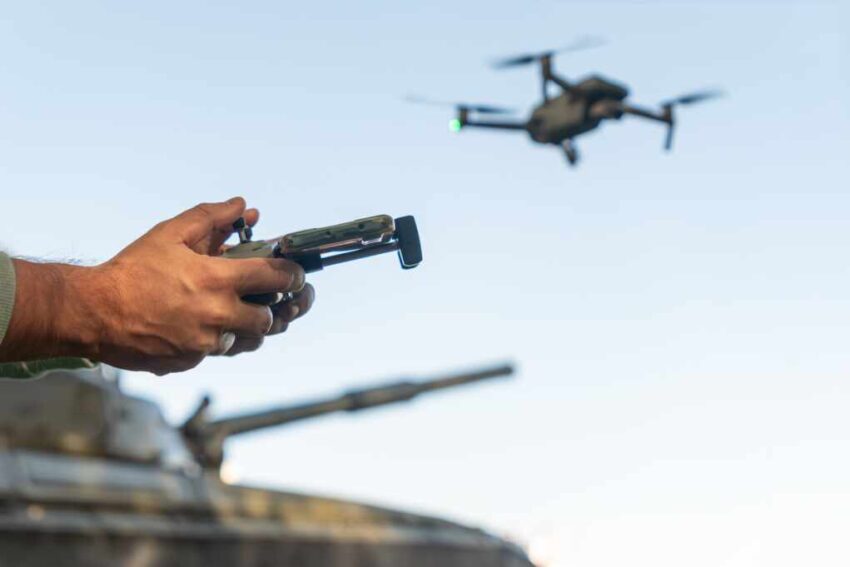Lithuania has unveiled a €3.3 million initiative to train 7,000 children in drone skills as part of a broader national defense program aimed at countering Russian incursions.
At a Glance
- Nine drone training centers will train 22,000 Lithuanians, including 7,000 children
- First three centers open in September 2025, full rollout by 2028
- Program responds to recent Russian drone incursions from Belarus
- Curriculum integrates defense training into STEM education for students as young as 8
- Lithuanian Riflemen’s Union partners with ministries to deliver training
Nationwide Civilian Defense Expansion
The Lithuanian government has announced a plan to establish nine drone training centers to serve more than 22,000 citizens. Of this group, 7,000 will be school-aged children from third grade through high school. According to Defense Minister Dovilė Šakalienė, the initiative will combine age-appropriate instruction in drone engineering, assembly, and piloting with existing STEM curricula.
The Ministries of Defense and Education have jointly allocated €3.3 million to develop the infrastructure and procure equipment for the program. The Lithuanian Riflemen’s Union will administer the training, with oversight from the Lithuanian Education Agency to ensure it aligns with academic standards.
Watch now: Lithuania to train thousands, including children, in drone combat · YouTube
Response to Regional Security Incidents
The program was announced following a series of airspace violations, most recently on July 28, 2025, when an unidentified drone entered Lithuanian territory from Belarus. Similar incidents occurred in July 2025 and earlier in September 2024, with Latvian officials reporting incursions they attributed to hybrid warfare tactics linked to Russia.
Lithuanian Chief of Defense Raimundas Vaikšnoras cited these events as evidence of the need to enhance interception capabilities and modernize defense doctrine. Regional analysts note that the program mirrors steps taken in Ukraine to involve civilian populations in technologically advanced defense roles, particularly in drone-based reconnaissance and countermeasures.
Strategic Role in Baltic Defense
Lithuania’s geographic position—bordering Russia’s Kaliningrad exclave and Belarus—places it on NATO’s eastern flank, where it faces persistent security challenges. Training citizens, including children, in drone technology is intended to create a distributed base of technical proficiency that could be mobilized in the event of hybrid conflict.
Security experts argue that the initiative serves multiple purposes: strengthening civil resistance, improving the country’s readiness to respond to aerial threats, and fostering a pipeline of talent for both defense and commercial drone industries. According to former Estonian Defense Minister Jüri Luik, broad-based civilian literacy in emerging defense technologies could bolster deterrence by demonstrating national resilience.
Long-Term Implications
By 2028, all nine centers—located in cities including Jonava, Taurage, and Kedainiai—will be operational, offering both basic and advanced training modules. While some Lithuanian lawmakers and educators have expressed reservations about the militarization of youth education, proponents stress that evolving warfare increasingly involves civilian populations in defensive roles.
The program’s integration into formal education underscores a broader shift in defense thinking, where civilian technical skills are regarded as part of national security infrastructure. This model reflects Baltic adaptation to the realities of modern conflict, where threats can originate from drones, cyberattacks, or disinformation campaigns, and effective response requires a population trained in multiple technological disciplines.
Sources
Click this link for the original source of this article.
Author: Editor
This content is courtesy of, and owned and copyrighted by, https://thecongressionalinsider.com and its author. This content is made available by use of the public RSS feed offered by the host site and is used for educational purposes only. If you are the author or represent the host site and would like this content removed now and in the future, please contact USSANews.com using the email address in the Contact page found in the website menu.








